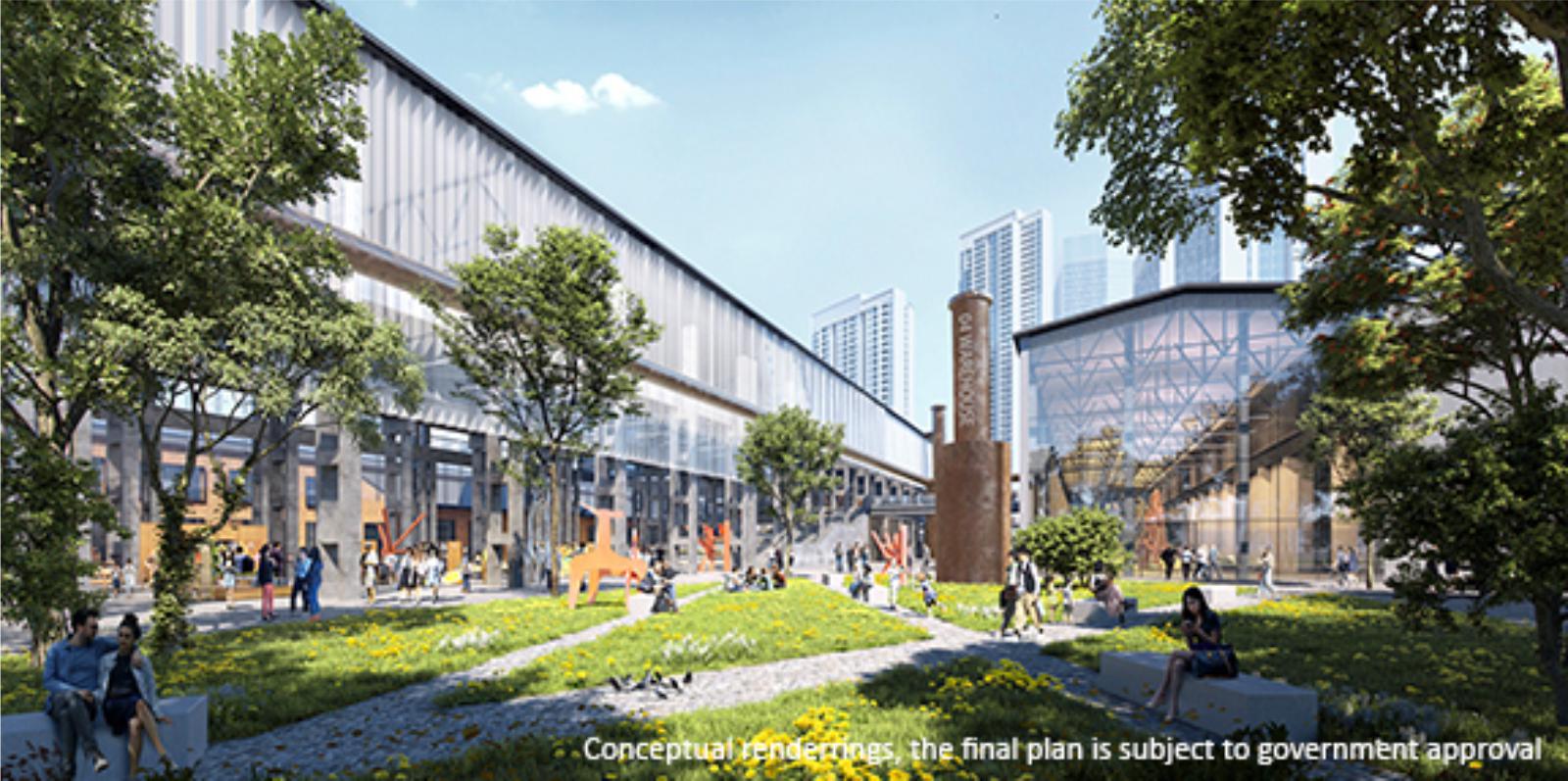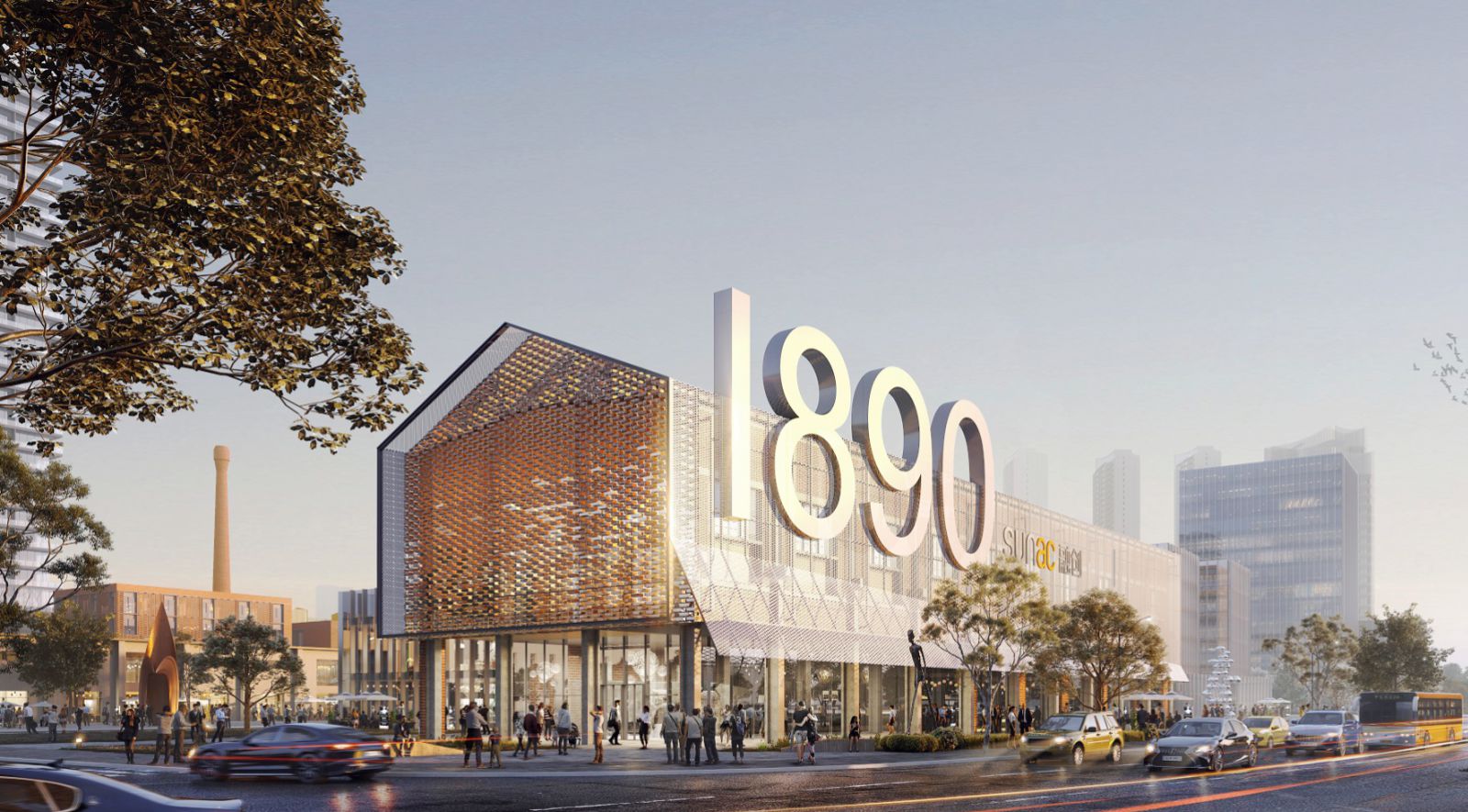Hanyang Iron Works, located in Hanyang, Wuhan, is perched on the right bank of the Han River at its confluence with the Yangtze River (Chang Jiang), opposite Hankou. In the early 1900s Hanyang became the site of China’s first modern iron and steel works as well as key arsenal city.
As a backbone of the industrial base of Hubei and Wuhan, Hanyang Iron Works promoted the rapid development of Hanyang Arsenal and the textile industry of Wuhan, forming the foundation of Hubei industries. Designed with the functions of ironmaking, steelmaking and steel rolling, it has been one of the most influential industrial heritages in China.

Led by Aedas Global Design Principal Kevin Wang, the Hanyang Iron Works regeneration project is focused on restoring and reviving the development, which was closed down in the year of 1947. Through combining commercial activities and avant-garde aesthetics, Aedas transforms it into Sunac•Wuhan 1890—a complex that gathers creative communities and businesses.
Restoration
The plots of Sunac • Wuhan 1890 whose planning Aedas is responsible for, contain a multitude of industrial sites, including steel bar plant, electric furnace branch, and steel truss warehouse. In light of the rich industrial atmosphere wreathed in aged red bricks, soil walls and rusty pipes—the first design principle is to preserve and restore.

Targeting the zone in which there is the most distinctive industrial heritage characteristics, the design preserves the historical characteristics and the existing elements of the building, while carrying out restoration and reconstruction. Red bricks and concrete materials are used to restore the original texture, while the existing structure is retained.
The roof is renovated with modern materials in reference to the original style, and glass skylights are added to enhance indoor lighting. The metal corrugated panels on the facade are replaced with polycarbonate panels, which renders a more robust exterior. The design retains structures with industrial characteristics such as oxygen generators and dust collection systems, integrating them into the new landscape.
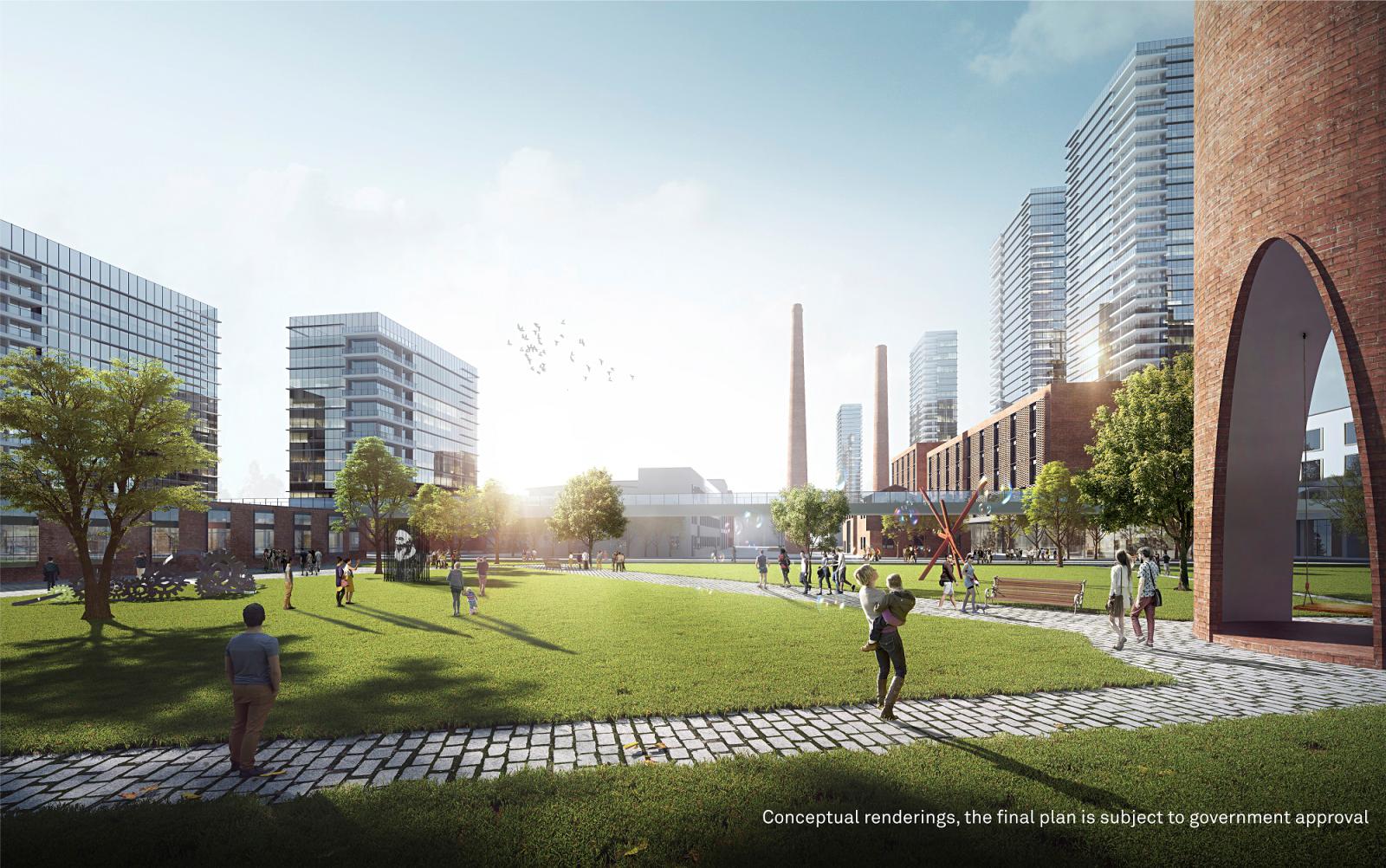
Revival
With Beijing-Guangzhou railway in the south, Jiangcheng Avenue in the east, the development is convenient to reach. It is also surrounded by a number of significant cultural markers such as the Museum of Zhang ZhiDong, Heptachord Terrace, Qintai Concert Hall and Qintai Grand Theater.
The design combines industrial culture with contemporary art by introducing creative industries and various commercial entertainment, establishing a new social leisure destination. The vast atrium space and landscape steps serve as public social spaces where large-scale events like fashion shows and art exhibitions can be held.

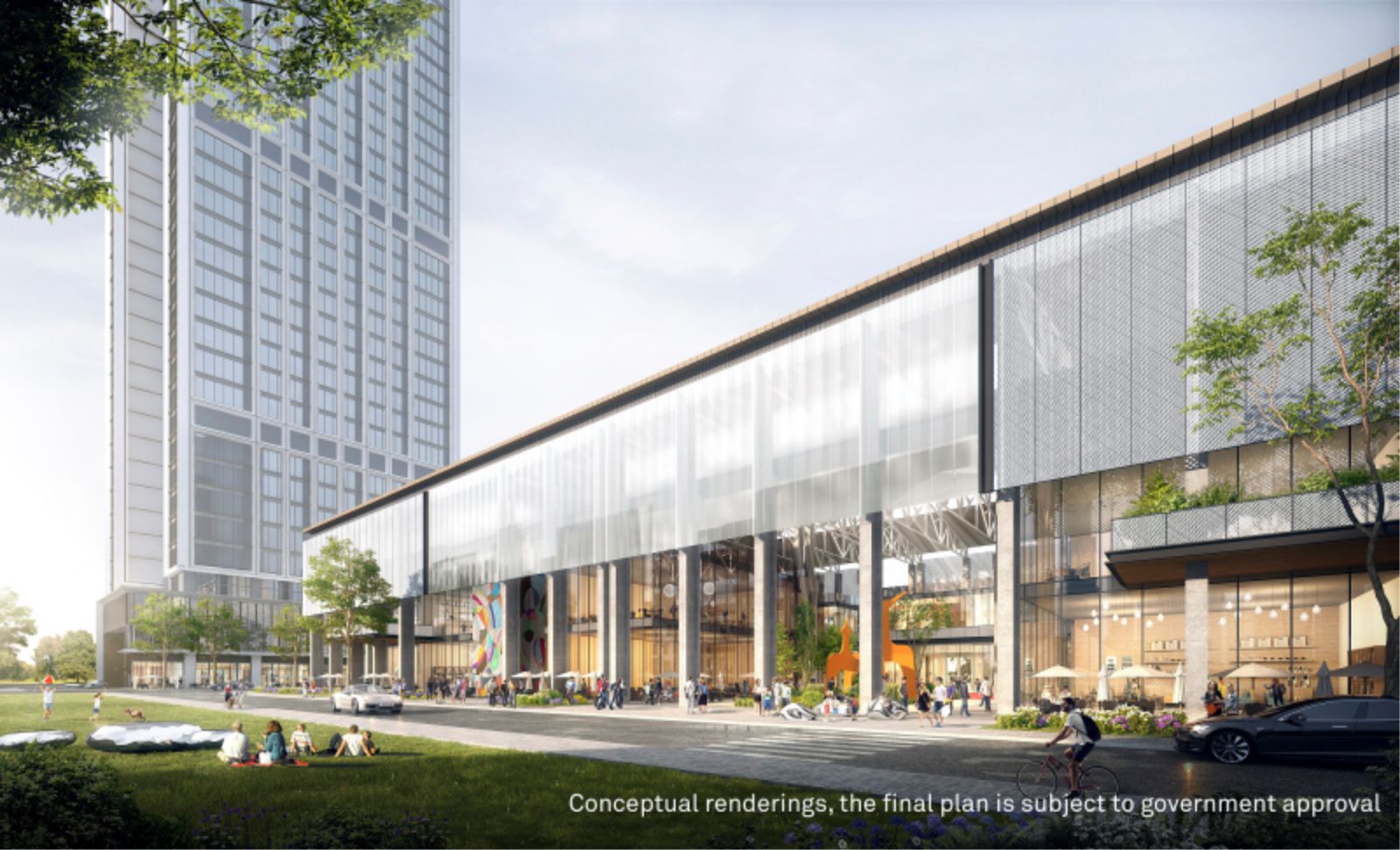
The design divides the interior of the steel bar plant into multiple business clusters, in which performing spaces are set on the side with commercial and retail interspersed among them. It is an ecosystem unto its own, where work-life-entertainment intersect. In order to achieve natural integration with the environment, the design utilises an open space and transforms it into a central art park.
“New functions allow these “old objects” to be reborn in the present, infusing unique charm into the development. We have invigorated the deserted park, regenerated the city’s memory, creating a cultural icon and city landmark.” Kevin Wang said. Source by Aedas.
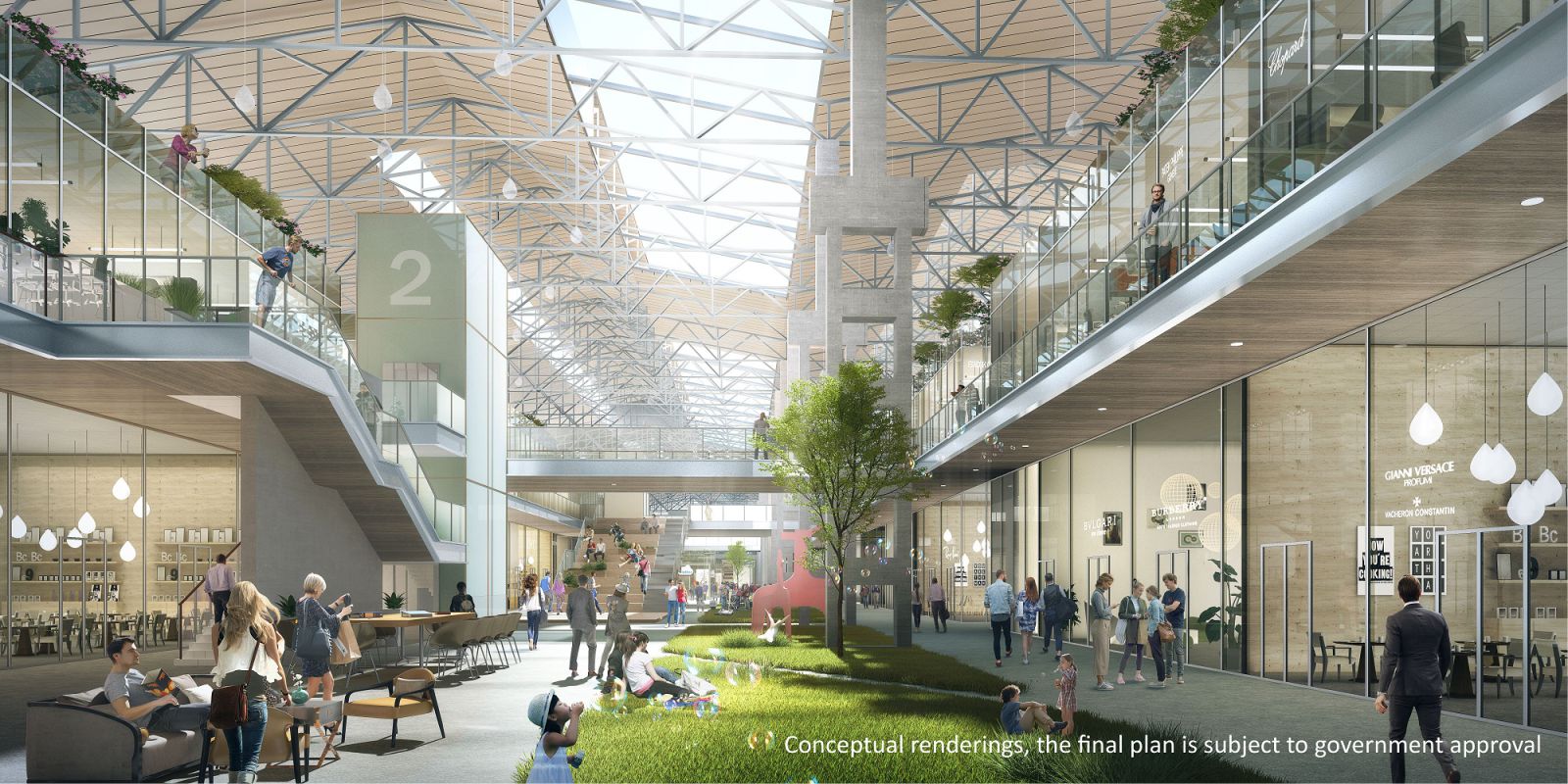
- Location: Wuhan, China
- Architect: Aedas
- Design Directors: Kevin Wang, Global Design Principal
- Owner: Sunac China Holdings Limited
- Gross Floor Area: approx. 66,055 sq m
- Year: 2022
- Images: Courtesy of Aedas
